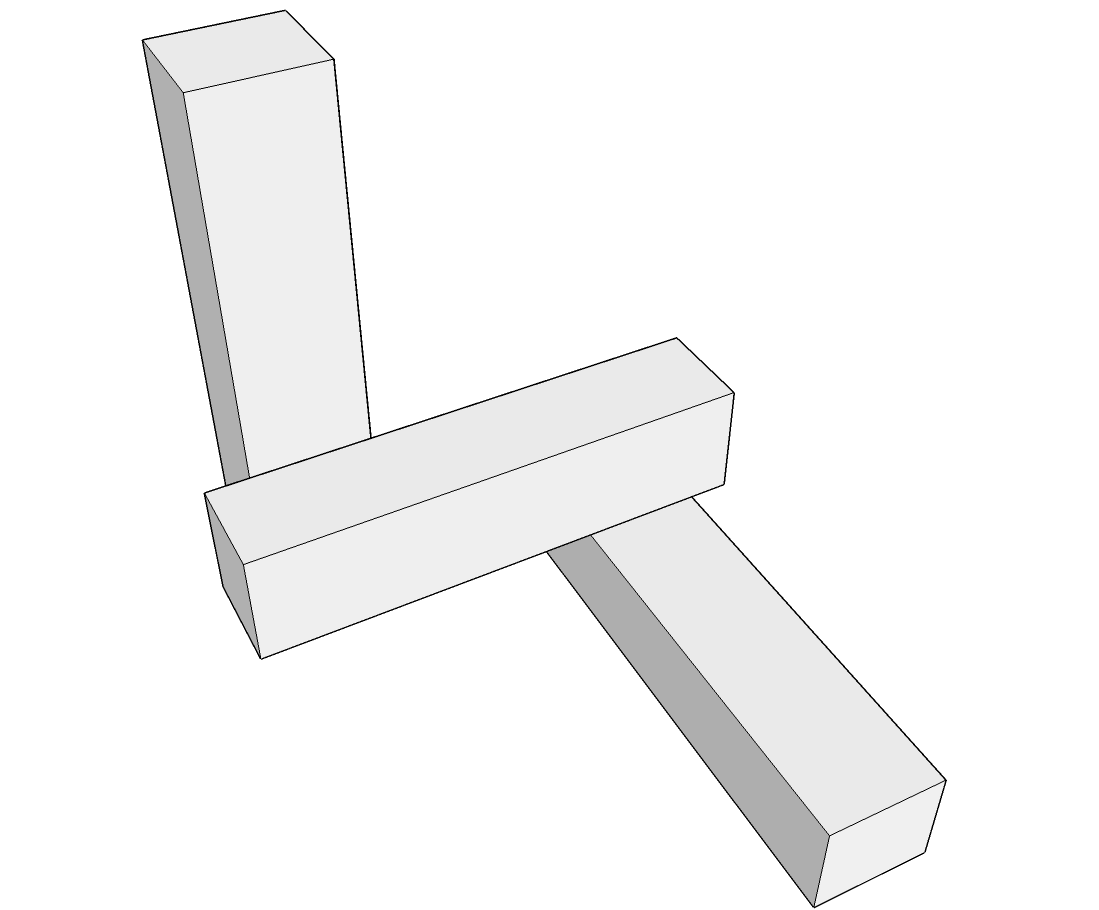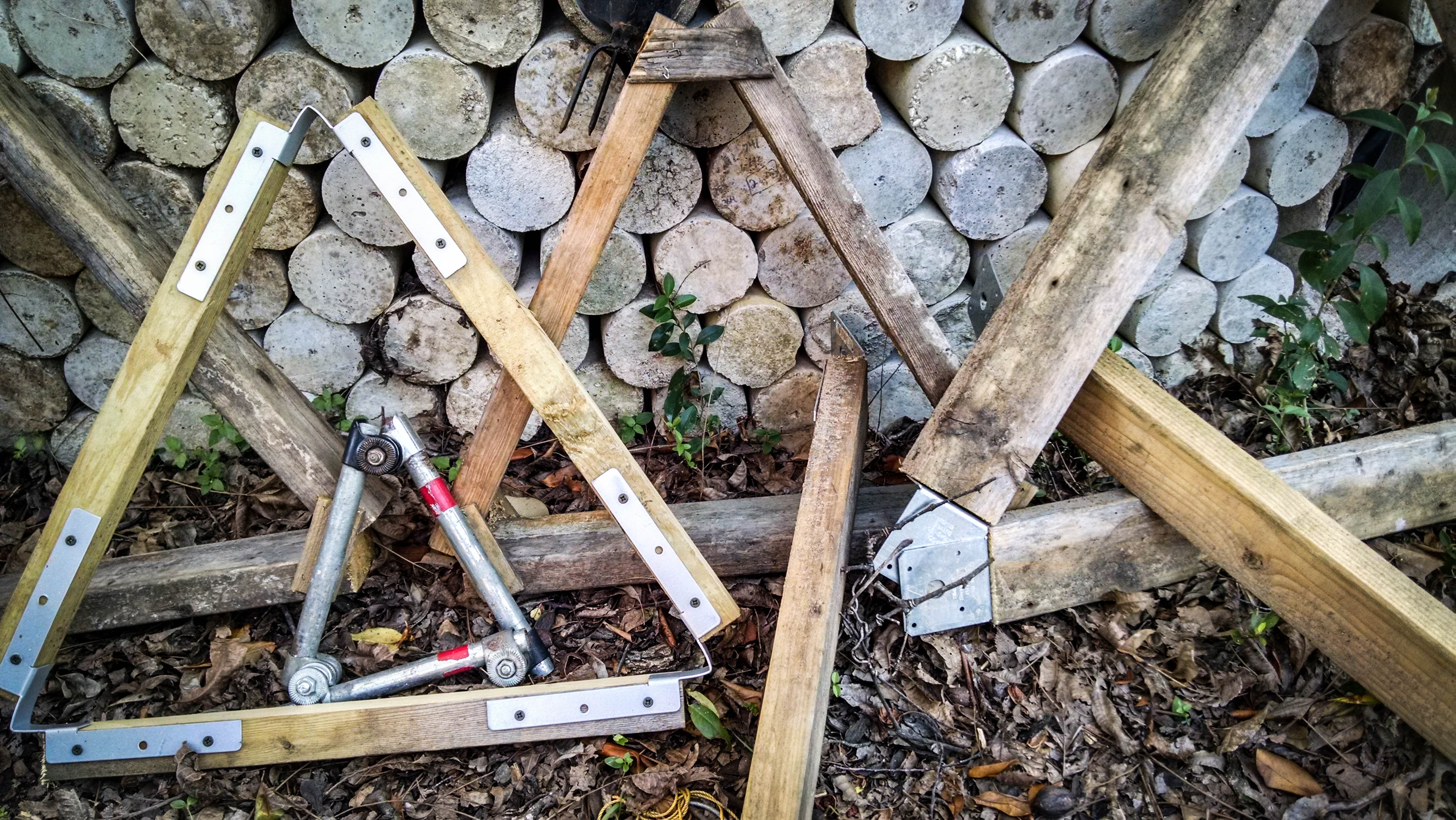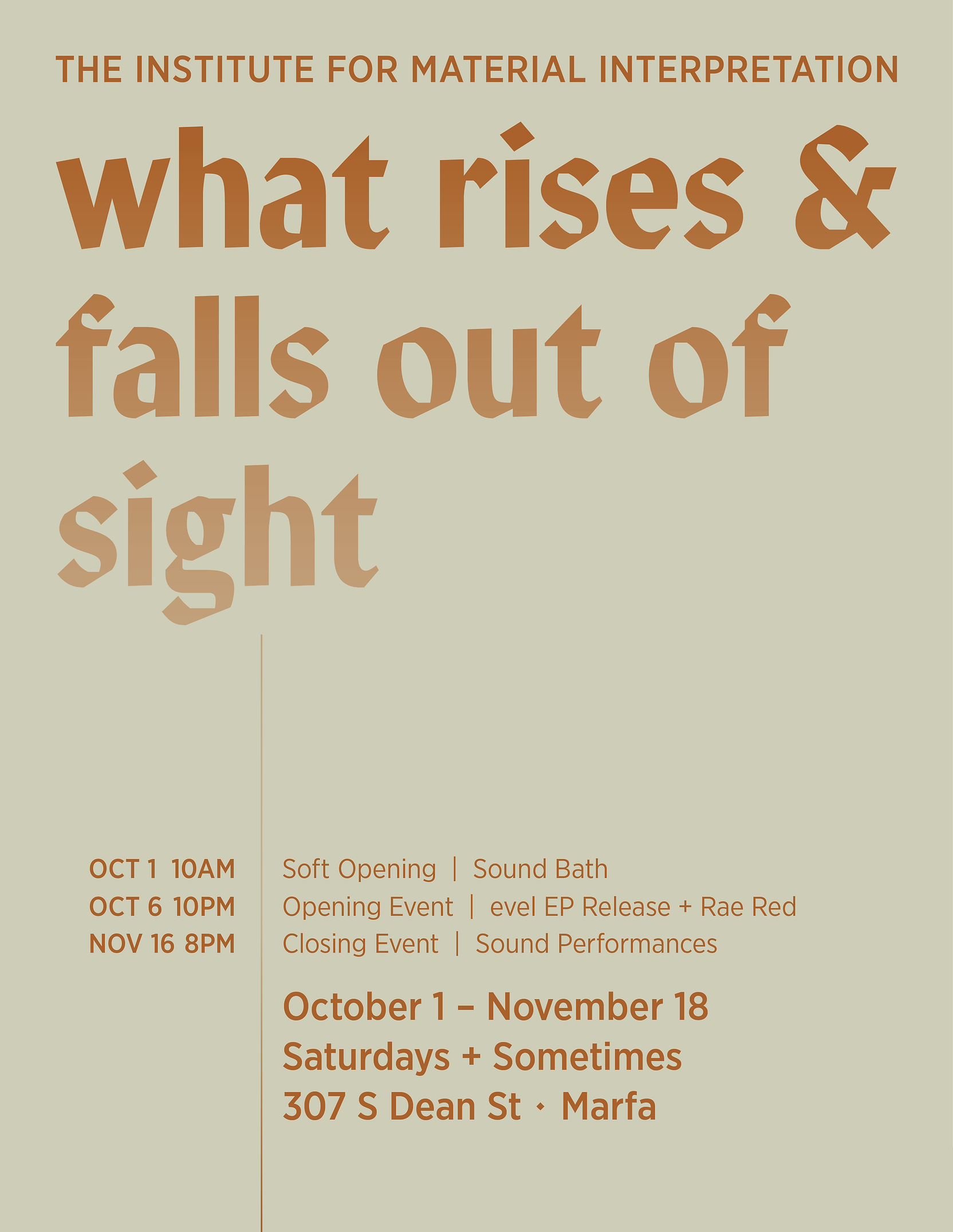About

The Institute for Material Interpretation innovates using waste and the non-prescribed use of underutilized materials to create durable and replicable structures. Whenever possible, a fusion of art, geometry, and data is used to create functional designs.
The IMI logo is composed using a Pratt truss. Patented in 1844, one of the oldest types of modern bridges, truss bridges are a super-structure composed of many smaller elements.
imi
Projects

Currently exploring:
In recent times, our focus has shifted towards pioneering methods in sustainable construction and design. A prominent area of our exploration centers on the development of modular space frame housing. This innovative approach to housing capitalizes on the use of passive techniques, and what makes it even more remarkable is its reliance on commodity waste materials. This venture not only champions sustainability but also reduces the strain on natural resources.
Furthermore, as we navigate this design journey, we are ardently developing a consistent vocabulary that revolves around specific design principles. One of the hallmarks of our initiative is the emphasis on maintaining consistency through repeating certain elements. Whether it be identical shapes, specific dimensions, or consistent aspect ratios, our aim is to foster both familiarity and reliability within our design structures.
An essential facet of our research and development pertains to the optimization of material waste ecology. In this context, we are committed to revamping our physical designs, promoting the interpretive reuse of resources, and integrating a software process to ensure minimal wastage. This tri-fold approach is our commitment to nurturing a more responsible and eco-friendly design ecosystem.
Apart from our core focus on housing, our interests also span into broader avenues. We have been actively involved in curating collections, which are reflective of our design philosophies and the broader societal context. An example of our diversifying interests is our active participation in the realm of public art. We are currently championing pieces that emphasize carbon balancing. Through these artworks, we aim to foster greater awareness regarding the importance of carbon neutrality and its imperative role in combating climate change.
imi
Internships

We are looking for:
Construction management
Drawing (SketchUp)
Writing
Model building
Design
Spring 2017: Hesby Cruz
Hesby received a Bachelors degree in Economics from UC San Diego, which he followed to working for the County of Los Angeles. He fell in love with working outdoors when joining the California Conservation Corps in 2014. Hesby lived and worked in the primitive backcountry of Klamath National Forest, constructing trails, restoring native habitats, and replanting native trees and grasses. After his term was over, he joined the Texas Conservation Corps and led a crew in conservation and emergency response projects throughout the state.
During Hesby’s tenure with the Conservation Corps, he became certified in Wilderness First Aid and CPR, herbicide/pesticide application, Leave No Trace, and Federal Wildland Firefighting Chainsaw use.
He then apprenticed as an arborist with a small private tree company. He mixed his time in trees with studying architecture and design classes. He is currently starting his Master of Architecture program at the University of Southern California.
imi

Contact

JZH
PO Box 684005
Austin, TX 78768
imi





